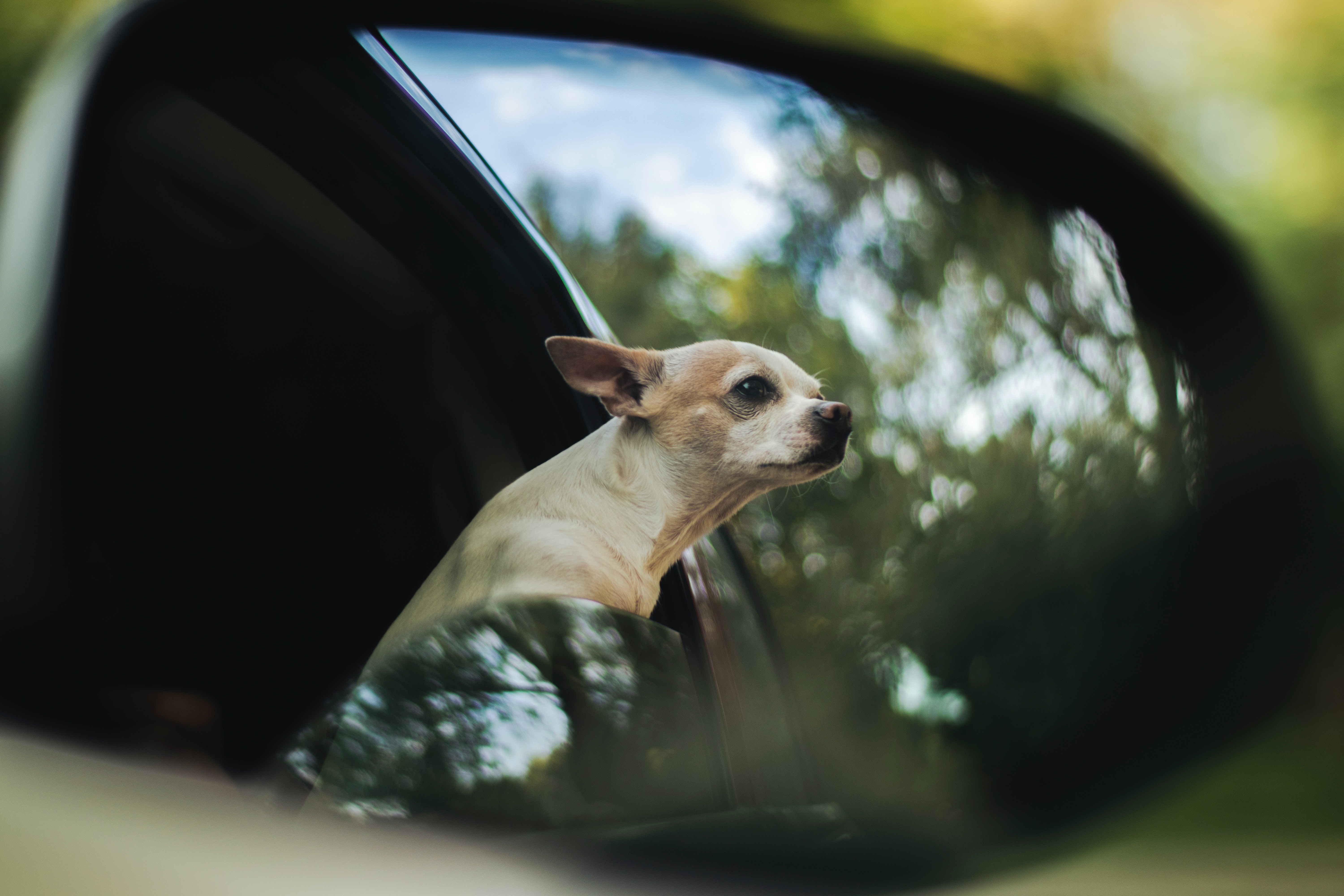
Driving with your canine companion always add excitement and enjoyment to your vacation, whether it's a quick trip to the local pet shop or a lengthy one. However, accidents sometimes happen in cars, so keeping your dog uncontrolled becomes dangerous for them as well as for you and the other passengers. Your dog might fly through the cabin of your car as a deadly missile, injuring people and inflicting property damage, if you suddenly stop your car or are involved in an accident. Fortunately, there are several strategies you may do to keep your dog safe while driving. What you should know is as follows. A dog harness is a cushioned chest piece that fastens beneath the dog's front legs and over the back of its neck. It uses a strap that fastens onto the seat belt to hold your four-legged pal in place. Measure the collar, chest, and weight of your dog to determine the proper harness size. This makes it easier to keep your dog safe and secure inside the vehicle. To make sure your dog is doing okay, you should check tin on them sometimes. If they start to grow restless, they can try to gnaw through the harness. A dog crate made to fit in a hatchback-style car's backseat or a sedan's rear seat is an additional safety alternative. Make sure the carton will fit inside the automobile by taking its dimensions of it. Additionally, make sure your dog can stand up and move around in the crate. Cover the kennel with a sheet and give your dog their favorite toys to keep them content and calm. For senior dogs that might prefer to lie down, a dog chair cover hammock is ideal. Additionally, it keeps your dog from jumping up into the front seat and disrupting you while you're driving. To attach the hammock and safeguard your four-legged pet, fasten these hooks to the rear and front headgear. It's crucial to gradually acclimate your dog to your car before the big trip if you're planning to take them. If they haven't been on a long drive before, this is especially important. First, don't drive at all; instead, spend time sitting in your automobile. Take your dog on brief journeys around the block when they become more accustomed to your car, rewarding them with goodies each time. Plan to stop for a break every hour or so to let your dog out. They can use the restroom, take a breath of fresh air, walk around, and hydrate themselves. Avoid feeding your dog immediately before you leave. If you feed your dog at least three hours before putting them in the car, there's a lower chance they'll get sick. Dogs frequently engage in this behavior, although it is unsafe. One reason is that their eyes might dry up as a result, which is bad. Additionally, your dog can be exposed to flying debris. Bring some of your dog's favorite toys with you so they may be amused and kept from being bothered by the motion of the automobile. If they become agitated in the car, it may also help them relax. Dogs can easily become overheated in cars, so make sure there is plenty of airflow by turning on the air conditioner.